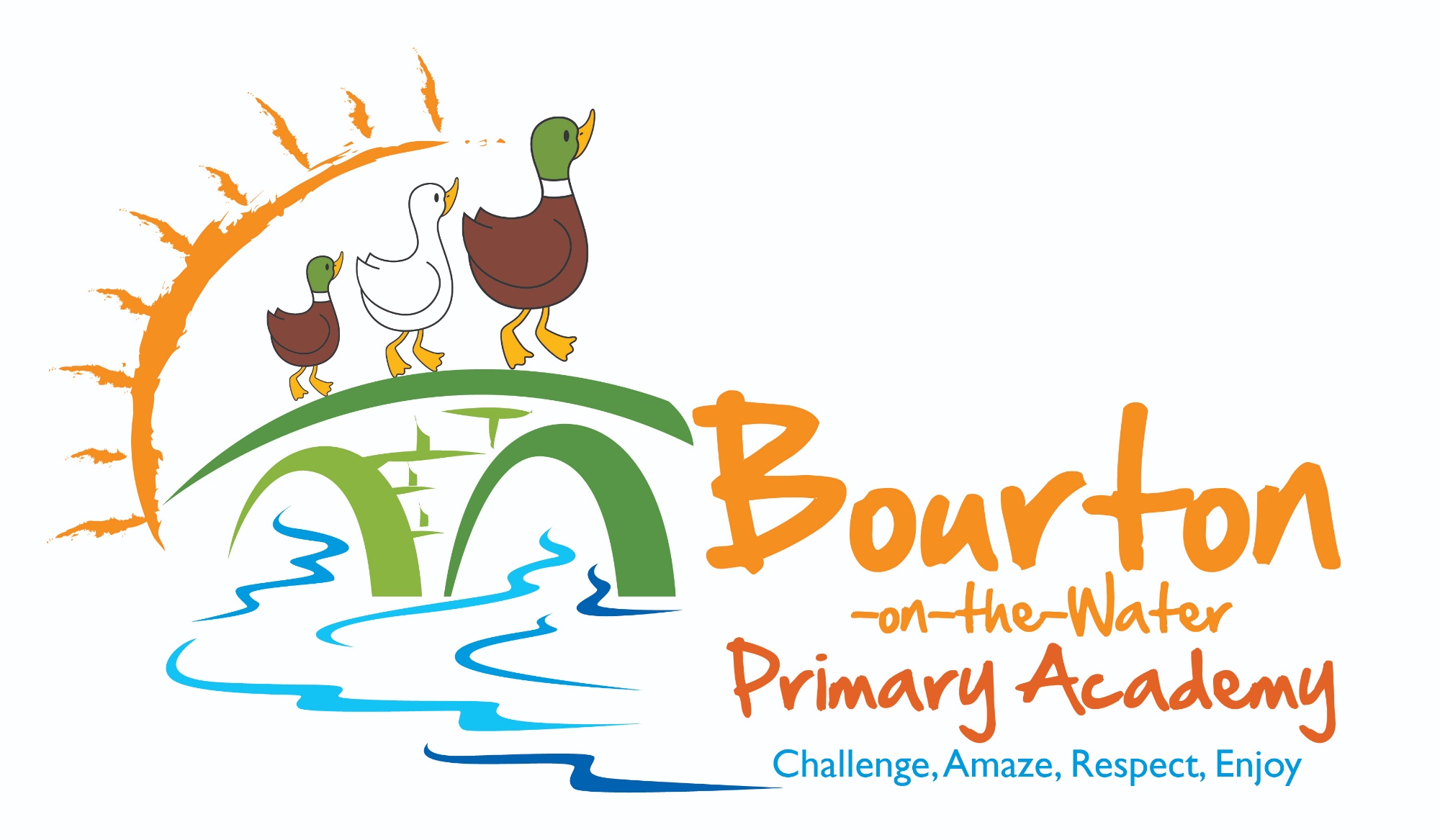Curriculum
Intent
We strive to find engaging and inspiring topics through which we link all subjects. Topics have included Up, Up and Away, Plastic Planet and The World in our Home to name but a few. However, we are careful to see each subject as its own subject and place a value on all.
Through providing the children with rich learning experiences, we believe that our curriculum enables children to gain a fuller understanding of the topic. These opportunities then allow children to write from experience, making their work more detailed and descriptive as the child has already 'lived' the story.
For example, children in Years 5 and 6 whilst studying 'The Awesome Egyptians' mummified a real fish. This helped the children gain a fuller understanding of the mummification process and used their experiences to write a set of instructions and, later, a story.

Phases
The National Curriculum is divided into three stages for Primary School pupils.
- The Early Years Foundation Stage (aged 4 and 5)
- Key Stage 1 (Years 1 and 2 – ages 5 to 7)
- Key Stage 2 (Years 3,4,5,6 – ages 7 to 11)
The Foundation Stage
The foundation curriculum is made up of three prime areas and four specific areas.
The prime areas are
- Personal, Social and Emotional development
- Physical development
- Communication and language
The specific areas of study are
- Literacy
- Maths
- Understanding the World
-
Expressive arts and design
Key Stages 1 and 2 are made up of a number of subjects
- Literacy
- Maths
- Science
- History
- Geography
- PE (Physical Education)
- Computing
- Art
- DT (Design Technology)
- RE (Religious Studies)
- PSHCE (Personal, Social, Health, Citizenship and Emotional)
- MFL (Modern Foriegn Language)
Thus, the School offers a curriculum which is right for every child and sets high standards. Every decision which affects the School should bear directly or indirectly on this intention.
To see our curriculum in full, please click on the link below
Implementation
Agreed Procedures
- Children’s concentration is limited by their chronological age for between 12 and 25 minutes so lessons should follow a multi part approach. Breaks in concentration are needed to allow time for the working memory. These breaks could include o
- Talk partner work – set a question, allow pupils to come up with the best answer together o Hinge questions involving movement to a location – these need to be very carefully created o Simple movement or relax techniques
- Children do not learn well when stressed so lesson starters called Bell Activities lasting 5 to 10 minutes should be applied before new lessons begin. These might include: o Responses to marking
- Memory recall quiz ( based on a previous lesson) - this also aids recall
- Mop up or pre-teach small groups – this provides scaffolding to some pupils
- Structured Discussions
- Effective recall improves memory retention. For effective recall, key points should be introduced, reminded of, plenaried and memory should be tested regularly. To that end key points (WALT) and key success outcomes (WILF) are Introduced in the initial teacher input
- Reminded of in mid-session plenaries
- Recalled at end of session plenaries
- Remembered and recalled in Bell activity memory recall quiz (next day / next week) Pupils who are metacognitively aware make more rapid progress than not. To that end Teachers during the course of the input should encourage
- Pupils to think about the task they have been asked to undertake and repeat any models
- Evaluate the tasks set against the one they did previously o Consideration of what could be done and what resources / models might be used And once complete to review the task
- To consider tasks for their degree of difficulty
- To Consider how a task might be undertaken more efficiently
- How to go about linking to other themes
- Effective questioning is a key element in teaching pupils a new skill, taking them forward. To that end questions should be o If Closed followed by an open o Basketball style o Table tennis style o Hinge style
- Effective explanations and demonstrations by a teacher ( aka modelling) requires o Showing with a commentary A pictorial model, image or mind map o Simple and key algorithms o Coaching and scaffolding
- Through guided work with supported activities
- Support from a TA to remember key steps and emphasis
- Peer to peer support o Displays and working walls that can be used by a pupil as aide memoire
- Consolidation plays an important role in our pedagogy but opportunities for application and wider more open problem solving are key. To that end we use 5:3:2 sheets that are created by the teacher. These represent an approximate ratio of consolidation: application: open tasks. We also aim to replicate models, word banks and number facts on these for quick reminders. These should reflect the models used in explanations and on working walls
- Teachers should ensure that for most of the lesson the children are engaged in an activity (not listening to the teacher)
- Pupil activities should be differentiated to include all pupils in the learning continuum. Differentiation by outcome is acceptable but should not be the ‘norm’. Other differentiation processes include: Differing forms of presenting work – scaffolded / simplified models
- Concrete materials
- Creating a group piece of work
- Working with an adult
- Amended activities by magnitude of place value or vocabulary
- Collaborating with a peer mentor
- Effective verbal and written feedback is vital and forms part of the coaching sequence. However feedback should be tsk focussed rather than ego focussed (see marking statement)
- The use of an Elicitation exercise prior to undertaking a unit or series of lessons on a theme should allow the teacher o an insight to the level of prior knowledge o The opportunity to plan rapid progression
